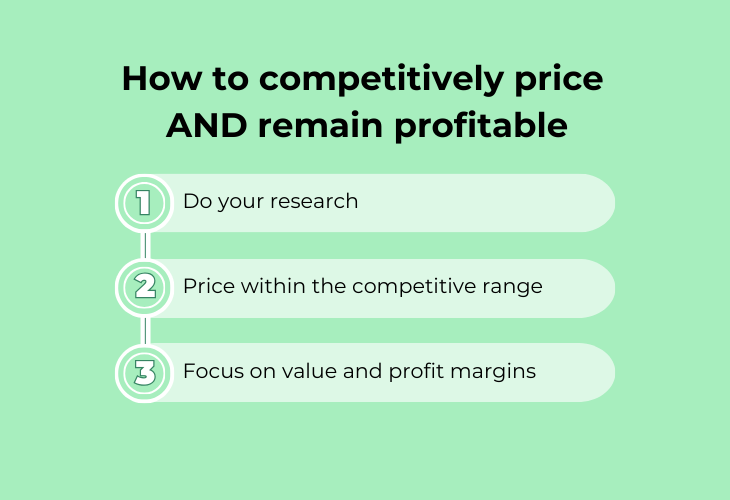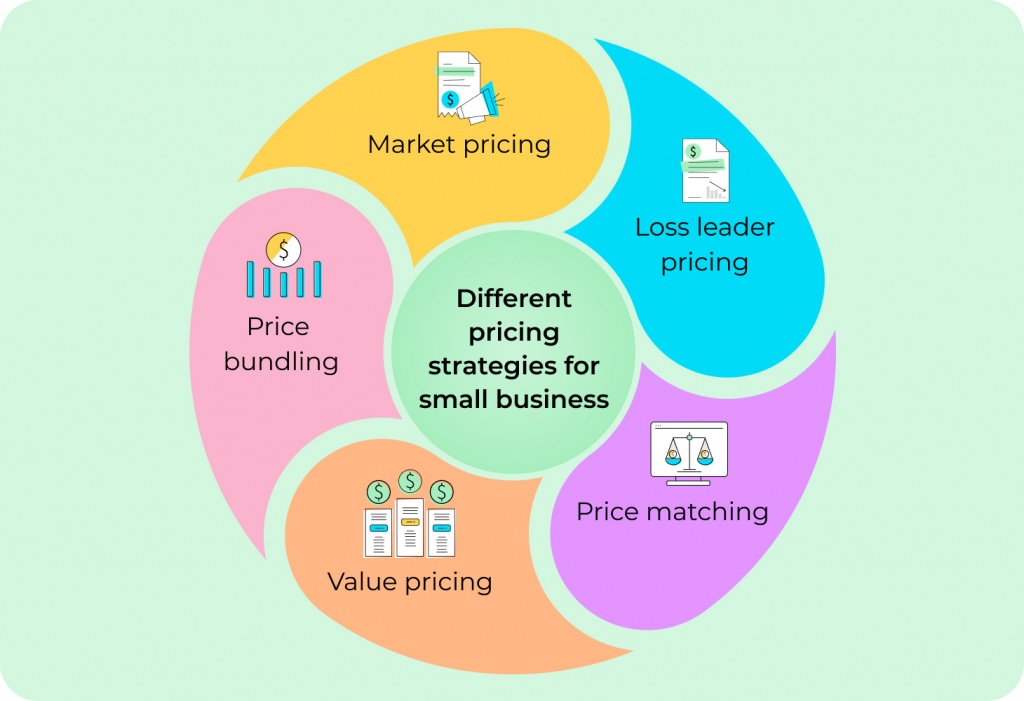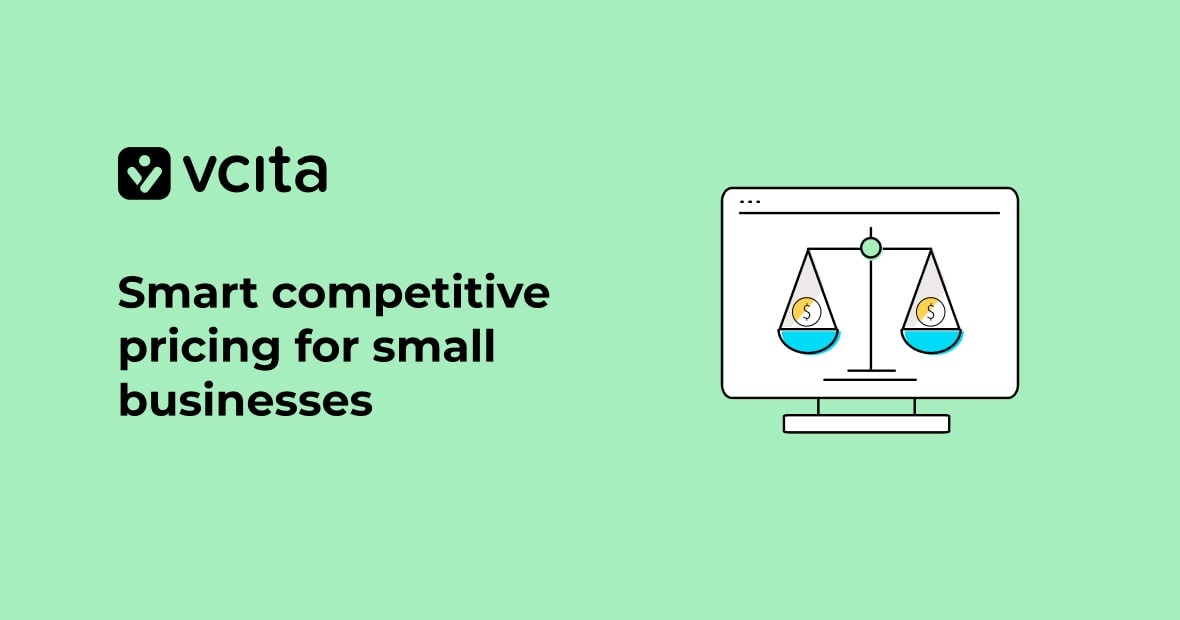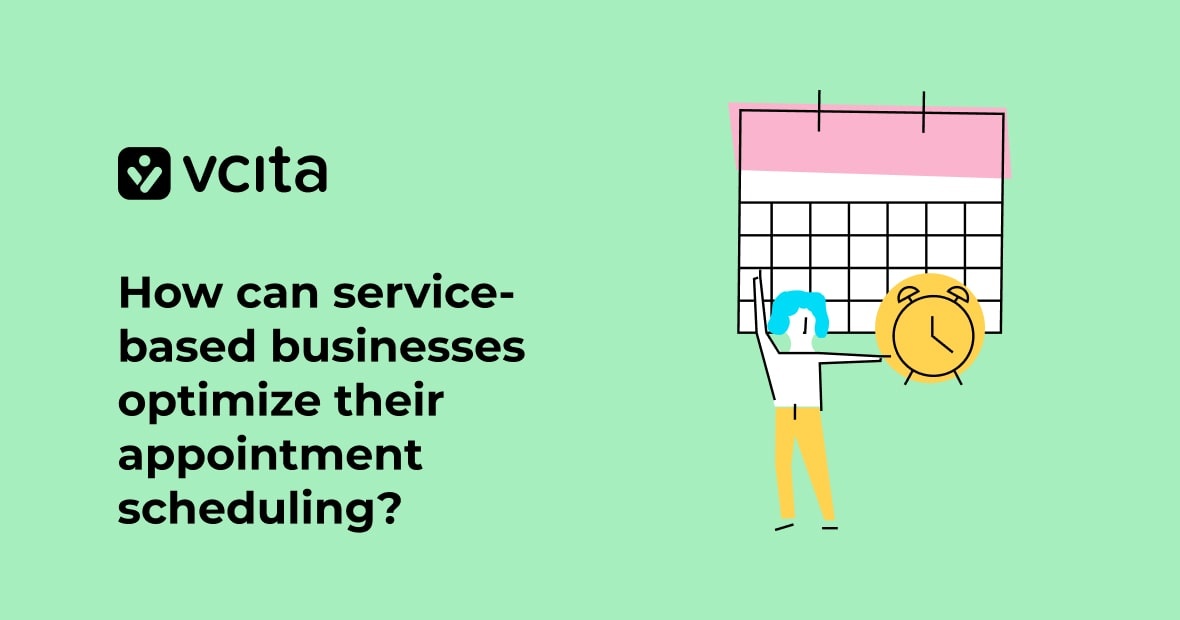Are you struggling to get the pricing right for your small service biz? You’re not alone. Setting the right price for your service is tricky when you’re trying to compete with similar offerings while maximizing profits and keeping customers happy.
But fear not! You can win the pricing game with smart competitive strategies. Learn how price intelligence, competitor based pricing, and other savvy pricing models allow you to match (or even beat!) competitor prices. With the right competition-based pricing strategy, you can confidently base prices on true market value.
Understanding competitive pricing and why it matters
Competitive pricing means basing your prices on what similar businesses are charging for comparable offerings. It helps you determine the range you can set prices at to still attract customers while earning a good profit.
A competitor based pricing strategy that uses competitive pricing analysis lets you see what competitors are doing. so you can enter the market at a competitive price point and make adjustments to match the competition.
As a small business owner, staying on top of competitive pricing for your products or services is key to success. When you understand the competitive pricing of similar products in your market, you gain price intelligence to build an effective marketing strategy.
Setting prices based on competition without sacrificing profits

To effectively compete in the market, you need to know your competitors’ pricing for similar products or services. This is known as price intelligence. A competitor-based pricing strategy involves analyzing competitors’ prices and basing your own prices on their range. However, you must balance being competitively priced with maintaining good profit margins.
Here’s an overview of the process:
- Do your research
Conduct a competitive pricing analysis to determine the range of prices for products comparable to your own. Check competitors’ websites and marketing materials for product prices, bundling, and discounts offered, and see if competitors use value pricing, price matching, or loss leaders as part of their marketing strategy. Their pricing method may influence your own pricing strategy.
- Price within the competitive range
Price your products or services within the competitive range for your market. If you have an established price, but competitors lower their prices significantly, you may need to adjust to avoid losing customers and market share. However, don’t engage in price wars that sacrifice profitability. Offer discounts through price bundling and loyalty programs instead of outright price matching.
- Focus on value and profit margins
While competition-based pricing is important, don’t rely entirely on competitor prices. Base prices on the value of your product to customers and your target profit margins. If you have a unique product, you may be able to price it at a premium. Regularly review your pricing strategy and make adjustments to optimize market share and profits.
Research the competition with competitive pricing analysis
To determine competitive pricing for your small service business, you need to do some digging into what your competitors are charging for similar products or services. This is known as competitive pricing analysis, and it’s a key part of any smart business strategy. Here are the steps you should take to carry out pricing analysis.
- Gather information about price ranges
Look at your competitors’ current price lists, promotions, and marketing materials to gather data on the range of prices in your industry. See if competitors use common pricing models like value pricing, price bundling, or loss leaders.
- Monitor competitor prices
Track how competitors price their services over time, to identify patterns and opportunities. Check if their prices stay fixed or frequently change, and whether they match prices or undercut each other. All of this helps determine if you should set market prices, adopt a competition-based pricing strategy, or use a different pricing method to enter the market.
- Consider market conditions
Examine factors like competitors’ market share, profit margins, and perceived value to customers. Then evaluate which competitor pricing strategy would work best for gaining a good share of the competitive market, based on your business goals and customer needs.
Conducting a competitive pricing analysis gives you valuable pricing intelligence to make informed decisions about basing prices for your own products or services. It helps ensure you don’t price too high and miss out on sales or too low and lose profit margins. By understanding the competition, you can develop a strategic pricing strategy tailored to your small business’ success.
Choosing the right pricing model for your business goals
For most small businesses, a competition-based pricing strategy is a good approach. Compare the prices of similar services in your market to get an idea of the range. You don’t necessarily want to match the lowest or highest price; instead, aim for somewhere in the middle. This allows you to offer an appealing price point while maintaining solid profit margins.
There are a few common pricing models you can use:

- Market pricing: Basing prices on the current market rates for a product or service. This helps you stay competitively priced.
- Loss leader pricing: Temporarily pricing some items low to drive sales of other higher-priced goods or services. But be careful not to lose too much on the loss leaders.
- Price matching: Offering to match a competitor’s price. This can help retain customers who find a lower price elsewhere and is good for capturing market share, but it also reduces your profit margins.
- Value pricing: Setting prices based primarily on the perceived value to customers rather than just costs or competition. This model can boost profits if you market the value well.
- Price bundling: Bundle several products or services together at a lower price than buying separately. This can increase sales and make you more competitive.
No matter which pricing models you use, be sure to regularly review your competitor’s prices and make small adjustments as needed to remain competitive.
Competitive pricing strategy FAQs: your questions answered
Competitive pricing can seem complicated, but it doesn’t have to be. Here are answers to some of the most common questions small business owners have about developing a competitive pricing strategy:
How do I determine competitors’ prices?
Conducting competitive price intelligence and analysis is key. Compare prices of similar products or services offered by direct competitors. Check their websites and marketing materials, and call them to inquire about pricing if needed. See what they charge for different product tiers or service packages, and look for trends in how they price relative to the value offered. The goal is to understand their pricing models and methods.
Should I match competitors’ prices?
Price matching or basing your prices directly on competitors’ prices is risky. It can start a race to the bottom and erode profit margins. A better approach is competition-based pricing, where you set prices relative to the competition but not exactly the same. You might price slightly lower to gain market share, or slightly higher if you offer additional value. The key is to remain price competitive while still maintaining good profitability.
How do I determine the right price?
Consider your costs, target customers, product or service differentiation, and competitive landscape. A popular pricing strategy for small businesses is value-based pricing, where you set prices primarily based on the perceived value to customers, which may be higher than the competition. You can also try price bundling where you bundle several products or services together at a lower combined price. Test different price points to find the sweet spot between maximizing revenue and driving high volume.
How often should I reevaluate pricing?
Reevaluate your pricing at least once a year, or whenever there’s a significant change in your costs, the competitive landscape, or your product or service offerings. Make incremental price changes based on the latest market conditions and price intelligence. Regular price reviews and optimization are key to success.
A competitive pricing strategy is key to long-term profitability
A competitive pricing strategy is key to gaining market share, attracting new customers, and keeping current clients from straying to lower-priced alternatives. It doesn’t have to be complicated — just do your research, understand your market and competition, and take a strategic approach to setting and revising your prices. With the right competitive pricing strategy in place, you’ll be on your way to winning more customers and growing your business.




























